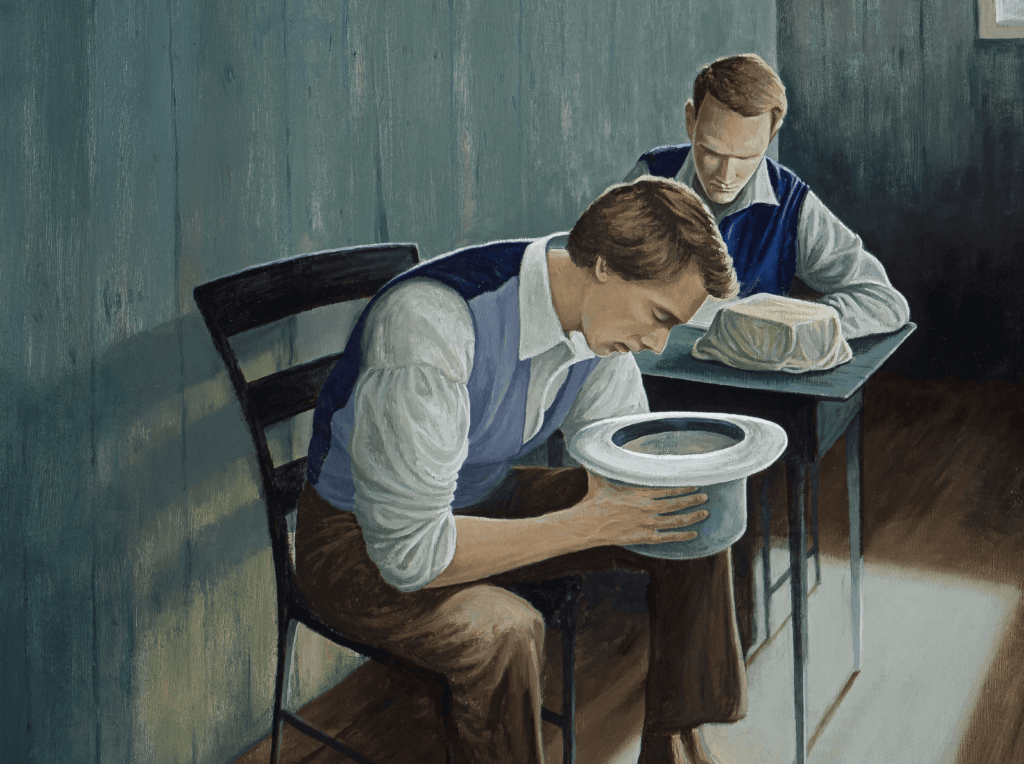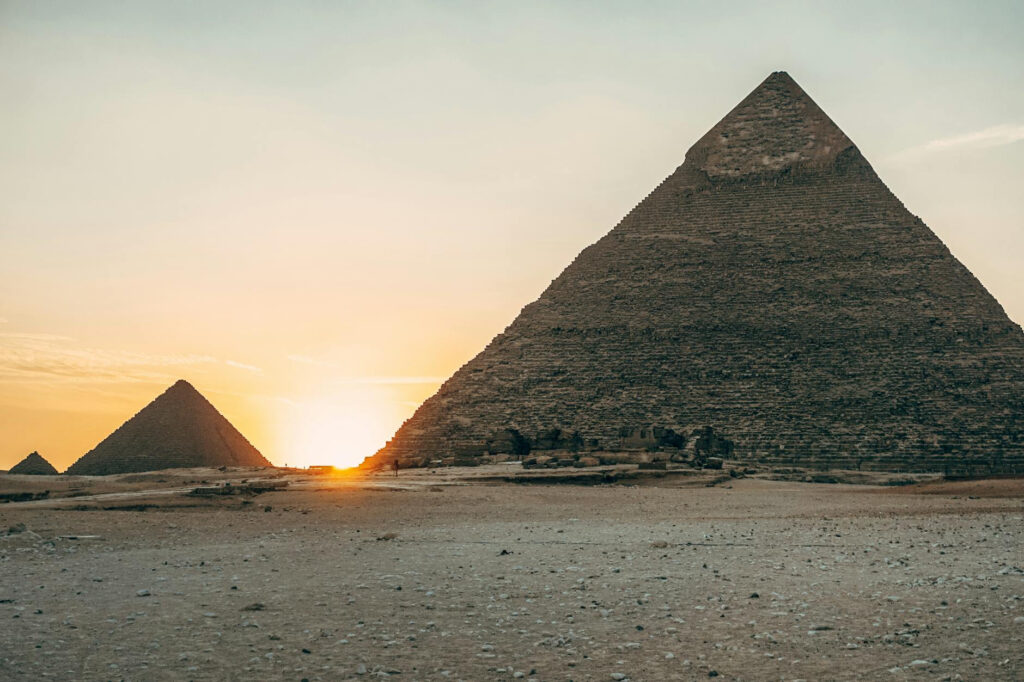Question: “My anti-LDS friend says “See! According to Avraham’s answer he proves that Joseph Smith took chapters of Isaiah from the King James Version and inserted them into the Book of Mormon. It is a fraud because Nephi didn’t actually write or quote Isaiah from the brass plates, including 1 Nephi 20:20 (of Isaiah 48), 1 Nephi 21:21 (Isaiah 49), 2 Nephi 7 (Isaiah 50), 2 Nephi 8 (Isaiah 51 and 52:1-2), 2 Nephi 12-24 (Isaiah 2-14).
My question is what did Avraham mean by his answer, “The Book of Mormon chapters of Isaiah are taken from the King James Version which already existed”?
Answer: The person making the above statements has overlooked several steps in the translation process. First, the Book of Mormon translation was from an unknown language called Reformed Egyptian. As Joseph Smith wasn’t familiar with this language, therefore, he relied on another beyond the veil who comprehended both languages in order to project a correct translation into the Urim and Thummim or seer stone from which Joseph Smith could read it to a scribe.
Because in Joseph Smith’s day the scriptural style of English was that of the King James Version with which most Christians were familiar, that was the style of language into which the entire Book of Mormon was translated, not only its Isaiah passages. However, because the Book of Isaiah already existed in English in the KJV, it was convenient to use that translation rather than do it over as that might indeed have provoked readers to call the Book of Mormon a fraud.
People’s calling the Book of Mormon a fraud shows they don’t know the Bible well enough to use it as a litmus test to see how the Book of Mormon bridges the gap between the Old and New Testaments in its theology and how God fulfills his covenants with the house of Israel before Jesus’ second coming. They would further have to account for the Book of Mormon’s numerous sophisticated chiastic literary patterns discovered only relatively recently even in the Bible.
They would have to account for the Book of Mormon’s typological patterns that perfectly align with the prophecies of Isaiah, and that only the most erudite prophets could have conceived and layered into its selective history to act as types of our day. They would have to exercise personal discipline long enough to let the Book of Mormon speak for itself without getting hung up on much touted supposed anomalies that have perfectly reasonable explanations.
They would have to account for ancient stone stelas and gold plates inscribed in Reformed Egyptian and Mayan and a host of related artifacts discovered in the 1950s by Dr. Padilla in the lowlands of Mexico. These are illustrated in The Lives and Travels of Mormon and Moroni, a book by Jerry Ainsworth he asked me to write from the notes and pictures he and local guides took during his annual summer trips to Mexico with his college students from Connecticut.
They would need to explain why Nephi would use Isaiah passages to say what he was forbidden to say from the last parts of his vision of the end from the beginning—which parts would serve as a test of faith of God’s end-time people, and which persons with eyes to see and ears to hear could perceive from the words of Isaiah if they understood them. Most of all, they would need the Spirit of God, not of enmity, to testify and know for themselves that the book was true.












